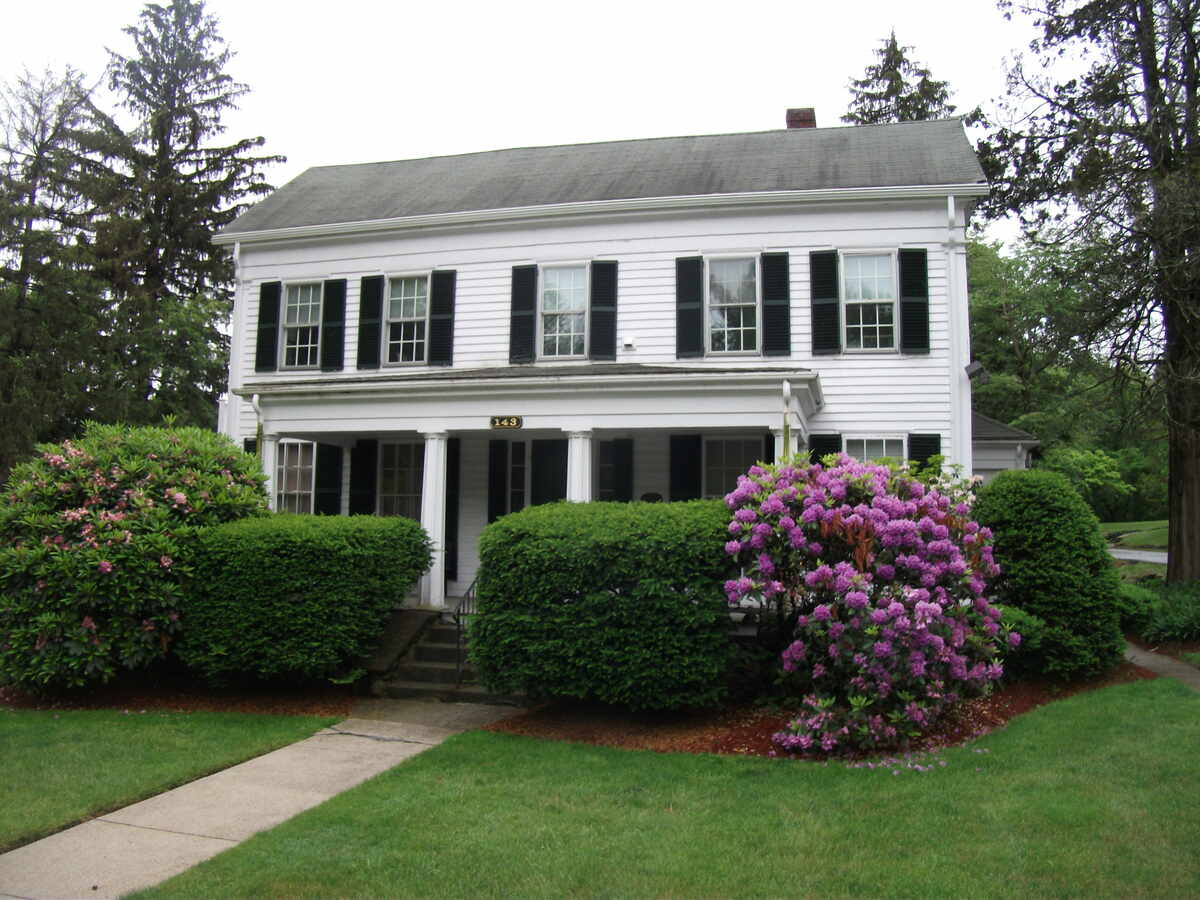
Have you ever come across a beautiful, green lawn during the fall season? Chances are good that that lawn has been aerated to achieve that nice look. Fall is the best time to aerate your lawn to help it recover from the stress of summer. Use the following tips and suggestions to understand the lawn aeration procedure.
What is lawn aeration?
Lawn aeration is the process of removing plugs of soil to relieve soil compaction and allow oxygen, nutrients, and water to enter the root zone. By allowing oxygen, nutrients, and water to enter the root zone, the grass can grow and produce stronger roots. If the soil is compacted (solid, compressed, and without small holes), the grass will not be able to receive the important nutrients and moisture it needs to have that beautiful fall look.
Reasons why you should aerate your lawn
Aerating your lawn periodically can have a positive impact on the overall health of the soil and the plants growing there. Since this is another potential yard chore or something you may need to pay a professional for, is lawn aeration worth it? Consider the five benefits below to decide for yourself if you should aerate your lawn.
Reduce soil compaction
Over time, the density of your garden soil can increase. Heavily compacted soil is not an ideal environment for all plants, as dense soil prevents nutrients, water, and air from properly filtering into the root systems. This can lead to problems such as an overall unhealthy lawn or dry or dying patches of grass.
When you aerate your lawn, you remove cores of soil and make room for the remaining soil to expand. That helps ensure that plant root systems get what they need for optimal health.
Addressing straw buildup
Thatch is a layer of living and dead materials that forms between the blades of grass and the soil surface. If you see a layer of compacted soil with heavy rocks and stones, thatch may have formed in that area. Excessive amounts of thatch can lead to lawn diseases and increase insect activity.
Lawn aeration helps remove thatch by restoring the soil to the lawn. Soil contains tiny animals called microbes. These tiny animals eat away at the thatch, helping to eliminate a common living place for insects and diseases. Thatch interferes with root development and blocks the movement of oxygen, nutrients, and water. If you find that your lawn has large areas of thatch, you will need to aerate it to remove soil compaction.
Reduce water runoff
Compacted soil can make it difficult for rainwater to penetrate the surface. This means that vital moisture doesn’t reach the roots of plants, but it can also create some problems at the surface level. Water that doesn’t filter into the soil can pool on the surface, creating muddy areas in the garden. It can also run off, taking valuable topsoil and nutrients with it to ditches or other locations. Aeration loosens the soil and creates a path for water, mitigating some of these problems.
Improve root strength
Loosening the soil around grass and other plants creates space for roots to grow stronger. Beneficial organisms, such as earthworms, can move better through the soil, and roots can interact better with their surroundings. All of this leads to more dynamic root systems that support healthy yards and entire gardens.
Prevent weeds
By encouraging deeper, healthier root systems for grass and other desired plants in your garden, you reduce the chance of weeds taking hold and thriving in your garden. This is one way to get rid of weeds using a more natural approach.
Other reasons
Below are some other signs that can help you identify if lawn aeration is necessary to achieve the lawn look of your dreams this fall:
- Its grass is widely used for outdoor purposes.
- Your grass has been trampled by machinery
- Your lawn has been stressed by children and/or pets.
- Your soil has turned to heavy clay.
When should you aerate your lawn?
When and how often you should aerate your lawn depends on your goals, the type of soil you have, and other factors. If you aerate your lawn annually, the season you choose is important. Cool-season grasses, such as ryegrass or bluegrass, are best aerated in early fall or early spring. Warm-season grasses, such as buffalograss or Bermudagrass, are best aerated in early summer or late spring.
The type of grass you have typically depends on where you live. Cool-season grass is typically found in areas with hot summers and cold winters. Warm-season grass is typically found in areas with mostly warm climates, such as the southern part of the United States. If you’re not sure what type of grass you have in your yard, consider talking to a professional about care needs and best aeration practices.
Lawn aeration is done with a specialized piece of equipment called a lawn aerator. Due to the heavy weight of the equipment, we suggest you call your local Lawn Doctor to schedule an appointment for our lawn aeration service. Remember, you could be spending valuable time golfing, fishing, or hanging out with family and friends instead of having the hassle of going to the rental store and lugging heavy equipment home. Call Lawn Doctor today.

/cdn.vox-cdn.com/uploads/chorus_asset/file/23957252/acastro_190204_1777_privacy_0002.jpg)





